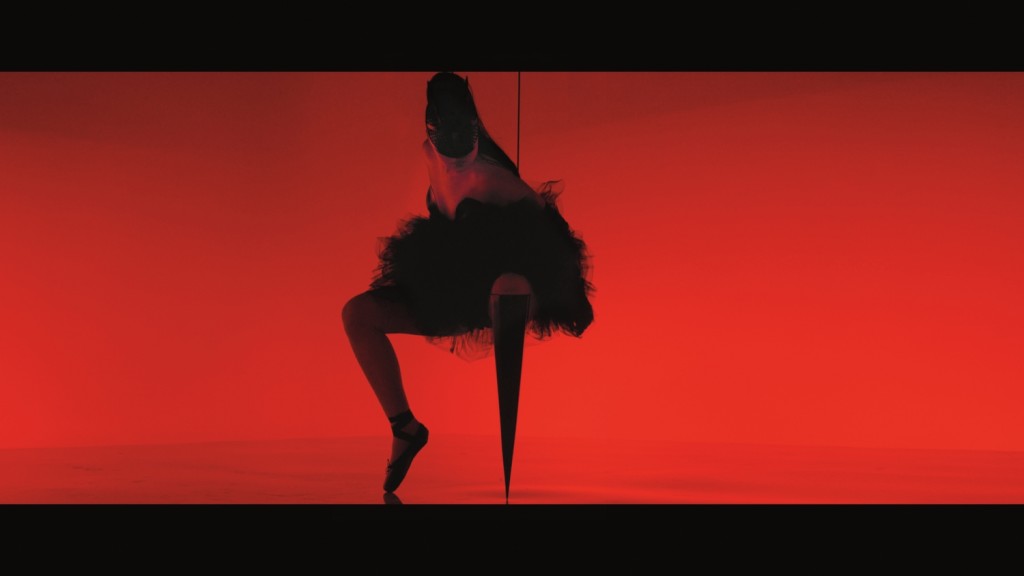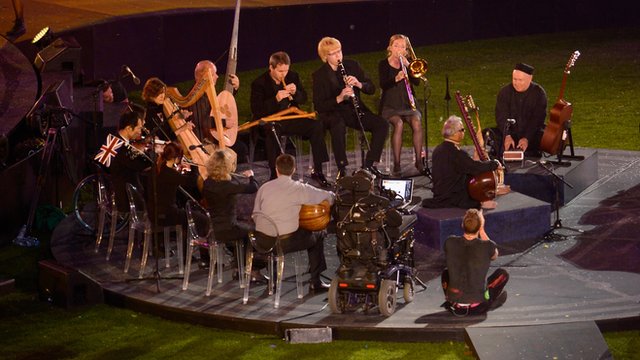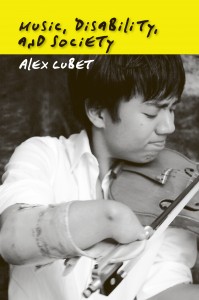Music and Disability – pioneering a new field for undergraduate study
Professor of Music Laurie Stras has been preparing an innovative and exciting addition to our undergraduate programme: Over the Christmas holidays, I spent time developing my new undergraduate module for Semester 2. Not very exciting, you might think, but when I say ‘new’, I mean not just new for me, or the Music department. I mean new for UK university music all together, and only the second undergraduate module of its kind anywhere in the world. Already, Southampton music students can take undergraduate practice-based modules on music therapy and community music, and our composers have been pioneering composition for listeners with cochlear implants. From next semester, students will be able to study music and disability in a cultural context, in an essay-based critical topic module for second and third years.
In Music and Disability, we will be considering how disability is represented in music, both classical and popular; we will learn about disabled musicians, and will be thinking about how the ways our society views disability affect the way we write, perform, and understand music.

Although you might have thought about archetypal ‘deaf composers’ (Beethoven, of course…) or ‘blind pianists’ (Ray Charles and Stevie Wonder), this module will ask students to think about sign language in pop videos and madness in opera, Autistic hearing and Auto-tune as assistive technology. What can disability theory tell us about the way we value innovation in musical form? What kind of challenges does Viktoria Modesta make to the common notion of the perfect female body in pop?How does media representation shape the way we think about disabled musicians, such as Thomas Quasthoff or the British Paraorchestra?


Music and disability studies has only been around as a musicological ‘subdiscipline’ for the past ten years, after a group of musicians, musicologists, and analysts got together at a conference in 2004 and decided that the time was right for both scholarship and activism in university music. Since then, our network has grown: we have formed a study group, we have a website and a strong social media presence. We have forged links with disability studies scholars in other disciplines and with activists from the disability arts community. We present at conferences, we’ve started publishing books and articles, and from all of this, we are finally gaining a critical mass of material that makes it possible to open out what we are doing to undergraduate students. This is a very exciting time for everyone involved, and I’m hugely looking forward to teaching this class!

